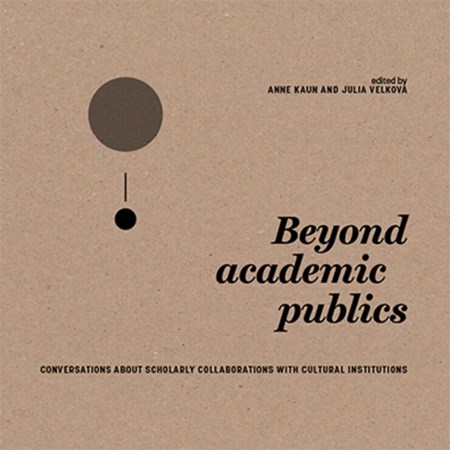We meet across disciplinary, institutional and career-stage boundaries to inspire informal scholarly conversations, share experience, experiment, talk, learn together, and develop critical approaches to themes that concern the politics of “data” and of digital technologies in our scholarly practice.
The DATA LAB aims to facilitate new conversations and collaborations and will evolve in through ideas and suggested themes from the participants in workshops. The informal workshop format complements the existing traditional seminar groups and text focused work and allows for new ways to be creative, explorative and playful within academia. We cover a broad variety of contexts such as, but not limited to, everyday life, the production of knowledge and culture, urban governance, health, environmental and energy politics, or warfare.
We are inspired by STS, feminist technoscience, media studies, anthropology, philosophy of technology, critical data studies, visualisation research, the digital humanities, digital sociology and related fields.
When?
Mondays or Wednesdays, 3-4 times per term.
Travel support
Travel support for junior researchers is available. Please contact datalab@liu.se for more information.



